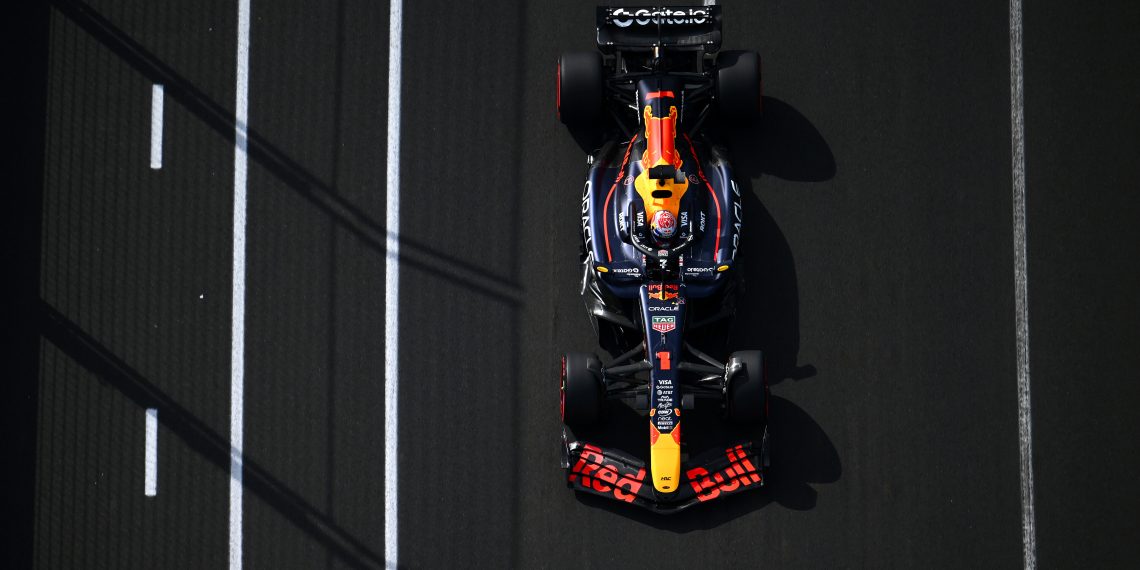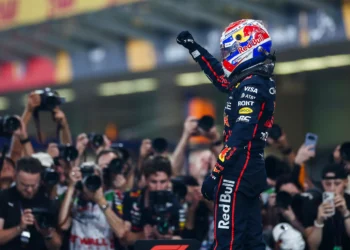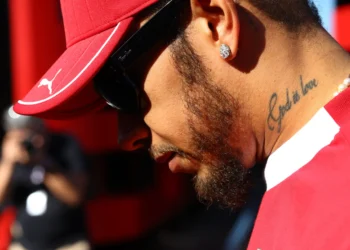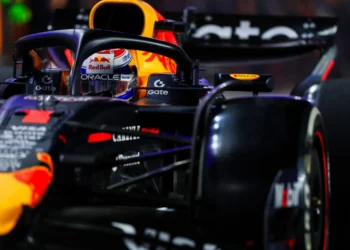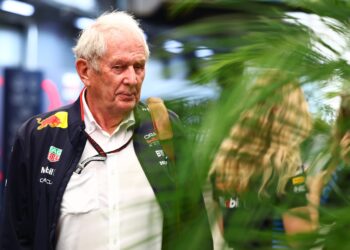As the Formula 1 2025 season gears up to flag off, Red Bull Racing is leaving no stone unturned in their pursuit of victory. The team’s Technical Director, Pierre Waché, has stated unequivocally that they are going “all in” for the season’s inaugural race, the Australian Grand Prix.
The Milton Keynes-based squad has taken a unique approach to unleash the full potential of their latest car, the Red Bull RB21, in what will be the last year of the existing ground-effect regulations. Rather than solely focusing on achieving peak performance, Waché has emphasized the importance of making the RB21 user-friendly for the drivers.
The RB21 has already shown promise during the pre-season test in Bahrain, but the true test awaits in the competitive environment of the Australian Grand Prix. Red Bull’s ace driver, Max Verstappen, has expressed both his enjoyment of driving the new car and the need to further finetune its performance.
Waché has acknowledged that while chasing outright potential is important, the focus has been shifted towards making the car easier for the drivers to handle. He explained that the design philosophy for the RB21 involves decreasing the overall grip and capacity of the car to make it more balanced and easier to control.
This change in design strategy was borne out of the realization that even a driver of Verstappen’s caliber was stretched to his limits with the previous RB20 model. The team believes that the new approach will benefit not only Verstappen, but also his new teammate, Liam Lawson, who has been promoted from the ranks to replace Sergio Perez.
Red Bull Racing has introduced several updates to the RB21 ahead of the Australian Grand Prix, including a redesigned front wing and nose. These early modifications are intended to help the team gauge the effectiveness of their new design direction.
A crucial challenge for this season will be managing the development of the current cars while keeping an eye on the radical new cars being developed for the F1 2026 regulations overhaul. With a strict spending cap enforced by the Financial Regulations, teams will have to smartly allocate resources between improving the current cars and developing the new ones.
Waché has hinted that the first few races of the season may determine how quickly a team shifts its focus to the next season. He also revealed that work on the 2026 car has already begun, and by September, most of the development resources will be directed towards the 2026 model.
The last time Red Bull faced a similar situation was in 2021 when they were simultaneously engaged in a tight championship battle and developing a new car. Despite the challenges, they emerged victorious with Verstappen clinching the title and the team acing the 2022 ground-effect regulations.
Waché acknowledged that while developing a new car during an ongoing championship can be a nightmare scenario, the experience gained during the 2021 season has prepared the team for the task. The ultimate goal remains the same – to win the championship without compromising on the development of the future car.
As the 2025 F1 season commences, all eyes will be on Red Bull Racing to see if their “all-in” approach to the RB21 and their careful balancing act between current competition and future evolution will pay off. Will the Australian Grand Prix set the tone for a successful season? Only time will tell.

